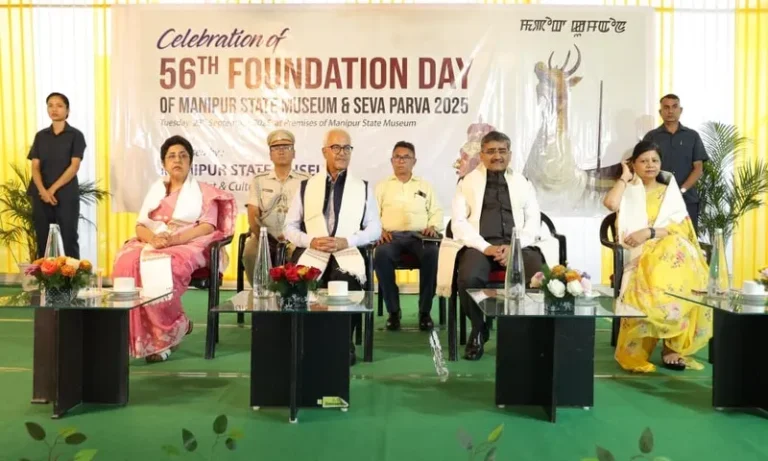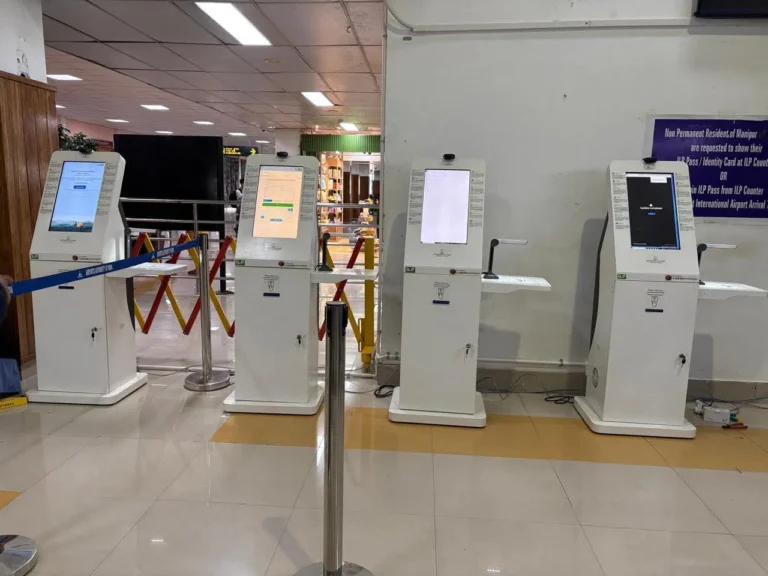Non-cooperation movement against CRPF withdrawn
Summary of the Topic:
The non-cooperation movement against the CRPF in Manipur was recently withdrawn following discussions and resolutions between local organizations and authorities. Initially initiated in response to tensions between the central forces and local communities, this movement symbolized a significant pushback from civil organizations over grievances about perceived injustices. The decision to call off the movement indicates a shift towards reconciliation and collaboration aimed at restoring peace and trust in the region.
The Withdrawal of Non-Cooperation Against CRPF in Manipur: A Path Toward Reconciliation
Introduction to the Movement
Manipur’s socio-political landscape has witnessed numerous movements reflecting the people’s demands for justice, accountability, and recognition of local concerns. Among them, the non-cooperation movement against the Central Reserve Police Force (CRPF) stood out as a key expression of discontent. This movement stemmed from allegations of disproportionate actions, eroding trust between the CRPF and Manipur’s citizens.
The recent decision to withdraw this movement is a major development. It signals the possibility of healing fractured relationships, provided genuine efforts are made on both sides. But how did this movement come about, and what led to its eventual withdrawal? Let’s dive deeper.
Roots of the Non-Cooperation Movement
The origins of the movement lie in mounting tensions between security forces and local communities. Allegations of excessive force, neglect of regional grievances, and lack of effective communication fueled public resentment. Civil society groups, including prominent organizations in Manipur, mobilized against what they perceived as a lack of accountability.
Movements like this often act as both a cry for help and a demand for fairness. In this case, it became evident that the affected communities sought acknowledgment of their struggles and resolution of issues, rather than indefinite conflict.
The Turning Point: Why Was It Withdrawn?
The withdrawal of the movement can be attributed to several factors:
- Dialogues with Authorities: Local leaders and state officials engaged in constructive discussions with representatives from the CRPF and central government. These discussions aimed to address concerns while maintaining law and order.
- Restoring Trust: Efforts were made by the CRPF to demonstrate a commitment to rebuilding trust. This included promises to review operational conduct and improve relationships with the community.
- Shared Goals of Peace: Both parties recognized the importance of unity for the larger goal of stability in Manipur. The movement’s withdrawal symbolized a mutual willingness to compromise and move forward.
Impacts of the Movement’s Withdrawal
- On Local Communities: The withdrawal offers an opportunity for communities to regain a sense of normalcy. However, it also comes with expectations of sustained accountability and responsiveness from the CRPF.
- On Governance: For the state government, this resolution provides breathing room to focus on broader developmental and security challenges.
- On National-Level Dynamics: This situation highlights the delicate balance between enforcing law and respecting regional sensitivities, setting a precedent for other states.
Challenges Ahead
While the withdrawal marks a positive development, challenges remain:
- Ensuring Accountability: Promises made during the discussions must translate into concrete actions.
- Strengthening Civil-Military Relations: Trust-building measures should focus on fostering collaboration between security forces and local communities.
- Preventing Future Conflicts: Addressing the root causes of grievances—be they political, economic, or social—will be crucial to prevent similar movements in the future.
Lessons Learned
This episode underscores the power of dialogue and mutual respect in resolving conflicts. Movements like these are not merely acts of rebellion; they are calls for justice. By responding with empathy and a genuine desire to address grievances, authorities can foster a more harmonious relationship with local communities.
FAQs
- What triggered the non-cooperation movement against the CRPF in Manipur?
The movement stemmed from allegations of excessive force and lack of accountability by the CRPF, which fueled discontent among local communities. - Why was the movement withdrawn?
The movement was called off after successful dialogues between local leaders, state authorities, and the CRPF, aimed at rebuilding trust and addressing grievances. - What does this mean for Manipur’s security situation?
The withdrawal reflects a step toward reconciliation and could pave the way for improved relations between security forces and the community. - Are there ongoing measures to ensure peace in Manipur?
Efforts are underway to maintain dialogue, improve accountability, and address the underlying causes of unrest to prevent future conflicts. - How can similar conflicts be avoided in the future?
Open communication, accountability from security forces, and addressing socio-political grievances are key to preventing similar movements.



